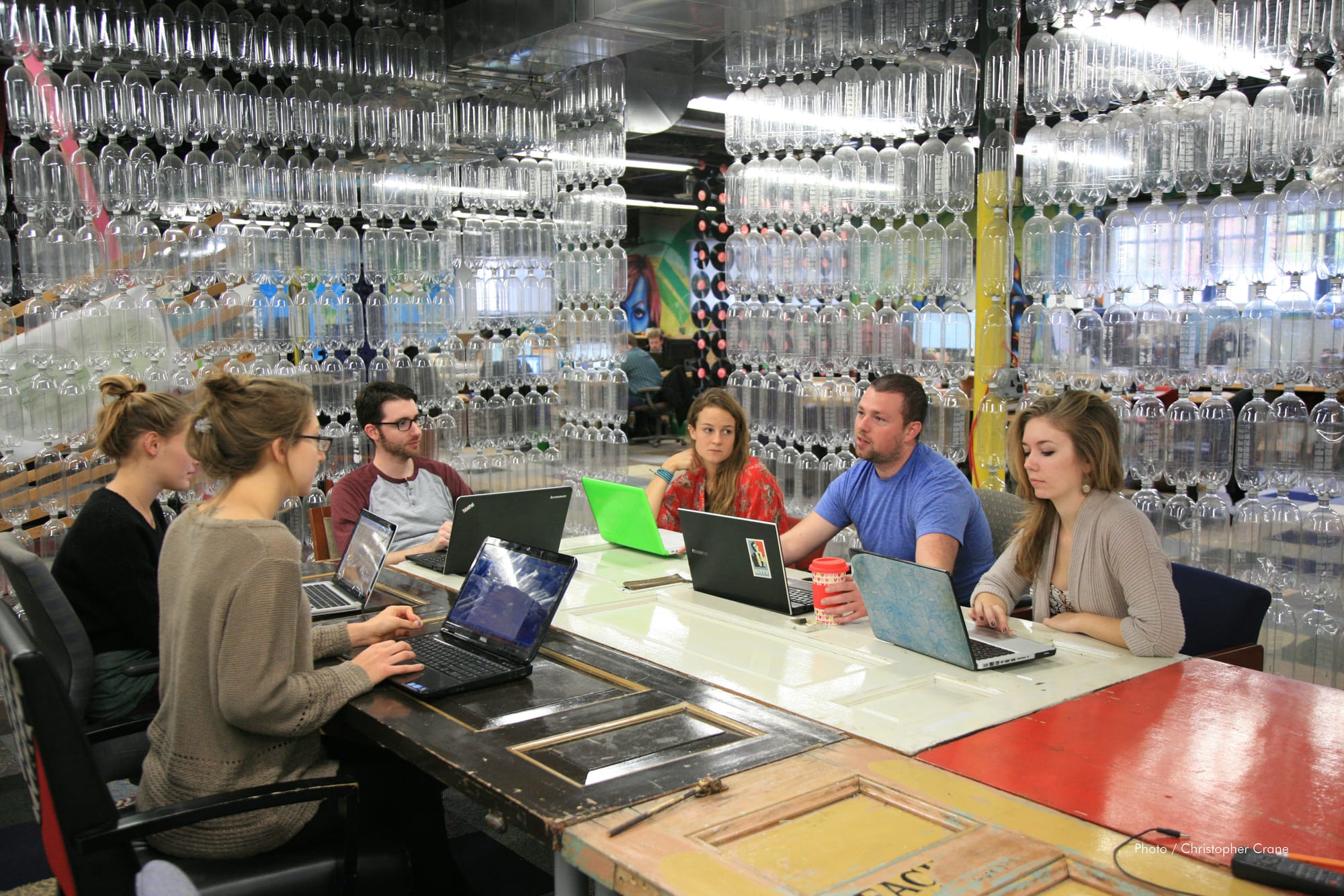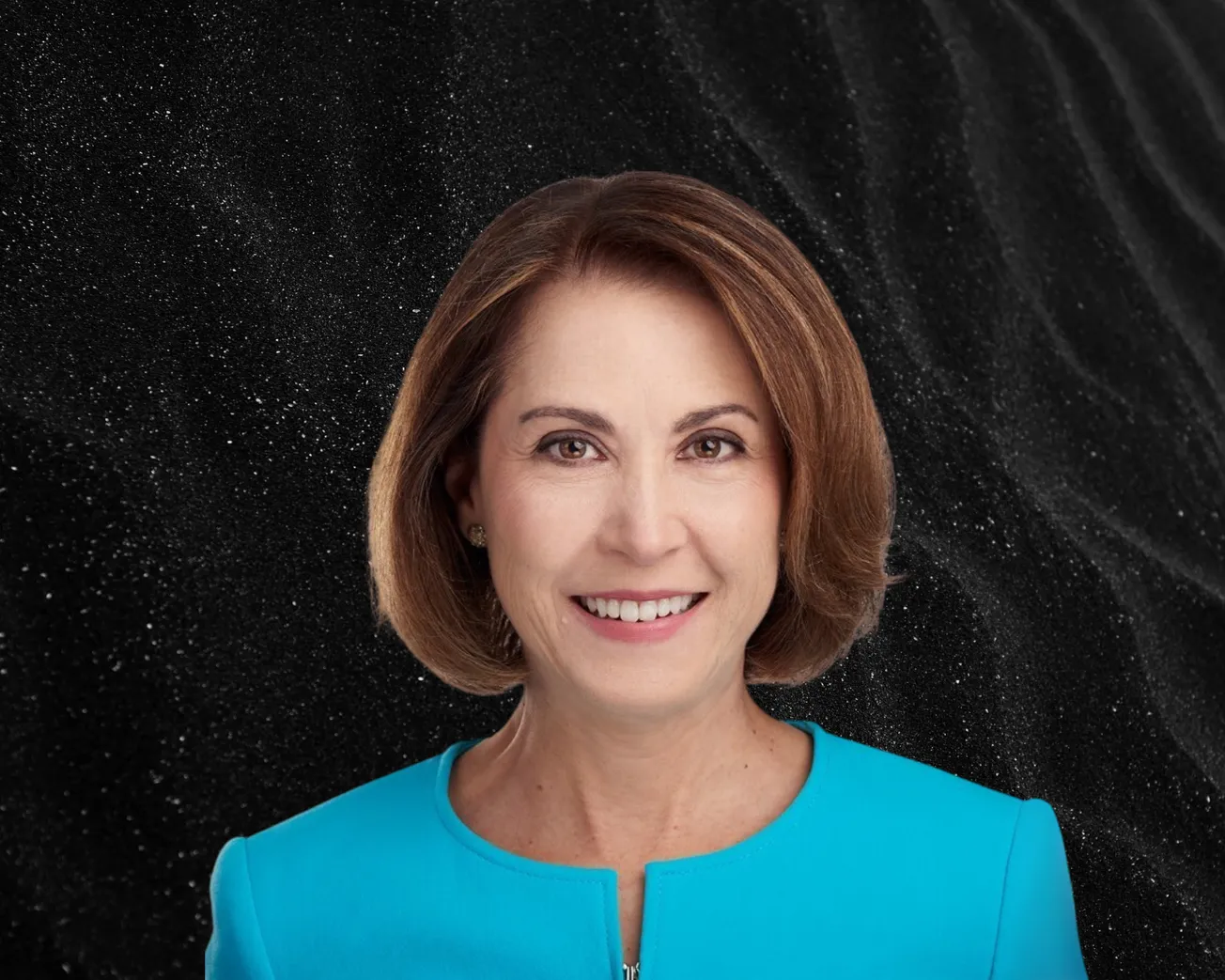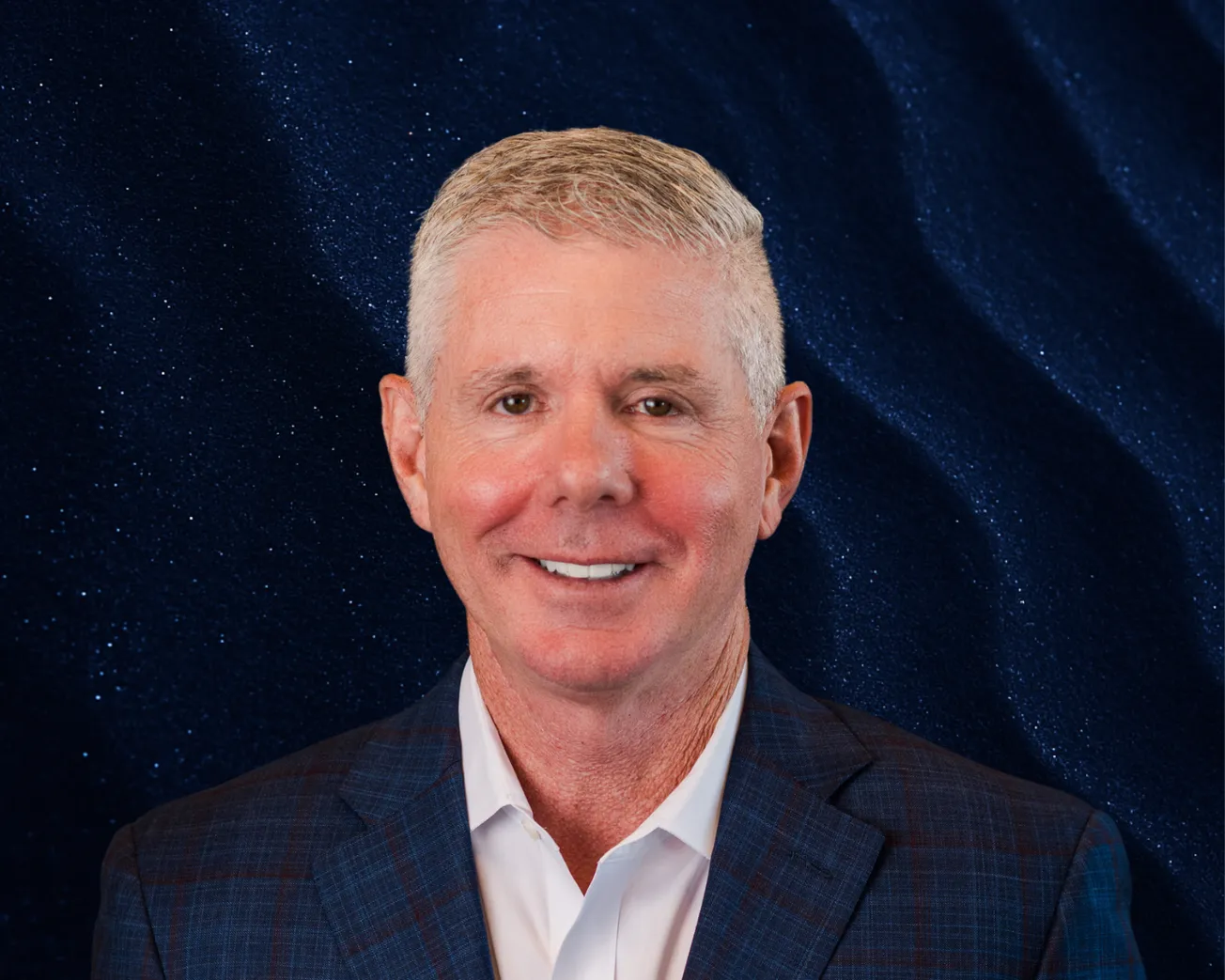Table of Contents
Tom Szaky, CEO of TerraCycle, sat down with Onyx for a feature-length interview.
Could you give us a bit of an overview of your career journey prior to TerraCycle?
I started TerraCycle when I was in my first year of undergrad, so I didn’t have a formal career before. With that said, at 14, I started my first company - it wasn’t necessarily a big deal, but it did have revenue and one or two employees. I’ve always loved entrepreneurship! My first major venture has been TerraCycle, and that was started during freshman year at college. I left in my second year and, since then, it’s been 24 years.
What is the concept behind TerraCycle?
Our mission is to eliminate the idea of waste. We do that by developing business models that elevate waste up the hierarchy. For example, we run Bangkok’s biggest river cleanup system - moving waste from litter to being managed. Then, there’s our recycling division, which focuses on those objects that you can’t just put in your council recycling - they make up about 95% of objects.
Above that is our recycled material division, where we help companies to integrate waste into their products. With Pilot Pens, we make the world’s first pen from used pens. We created all of the recycled content - made from hard-to-recycle waste - used to build every Olympic podium for the Tokyo (2020) and Paris (2024) Games. Our reuse division helps to move items from recycling to cleaning and refilling them.
At our heart, we’re a waste management company, but we try to only do things that traditional garbage companies do not.
What do you specialize in doing that traditional waste companies do not?
Primarily, traditional waste management companies do two things: they’ll dispose of your waste as cheaply as possible, while obeying the laws of the land, and they’ll recycle the waste streams that are profitable. Recycling is basically urban mining for value.
Ultimately, what’s recyclable is what’s profitable to recycle. That’s why they’ll happily take aluminum cans, PET bottles, and paperboard. We do not offer those services. We offer recycling for everything that they do not. Typically, they don’t do anything around reuse either.
Economically, how does that work?
Recycling feels like a public service, like healthcare, but it’s not. In healthcare, if the cure exists, you ought to be given one. The cost isn’t supposed to be the deciding factor. In recycling, there’s no law anywhere that says a company must recycle what it collects.
Your recycling bin could be thrown away and there’d be no recourse. Therefore, what gets recycled is only what the garbage company can make money on.
Why are aluminum cans recycled? Because they’re valuable enough to offset the cost of collecting and processing. If that value drops, the service disappears! “Recyclable” really means that an item is “profitable to recycle.”
What we do is the opposite: we focus only on the things that are not profitable to recycle. Take coffee capsules, for instance - by weight, they’re 97% wet coffee and 3% aluminum. The aluminum might be worth 15 cents. The cost to collect, process and compost the coffee would be fifteen dollars. Therefore, the net cost would be negative $14.85!
Our business is to find someone who is willing to pay that amount and thereby allow us to make coffee capsules recyclable - we go to brands like Nespresso, Tassimo, Keurig; it could also be retailers or end customers. Our secret sauce is building models so that money flows to make these things become recyclable.
The only way to make something circular? Either it’s intrinsically valuable enough that someone will say, “Thanks, I’ll happily take it”, like a bar of gold. Or, if it’s a bag of dirty nappies, you need to pay for them. Circularity is either fueled by having intrinsic value in the object, or someone will have to pay for it. There is no third option.
Local and municipal recycling takes place where the object has that value - but that makes up only 5% of all objects. I work on the 95% of items that aren’t economic and, so, we have to create money flows. The idea is that whoever is paying that money is sufficiently incentivized to do so, because, otherwise, the money flow quickly runs out. That’s how we work.
And the incentive for brands?
We charge the cost to collect and process, minus the value of the materials. Then we make sure that we’re driving more business value than cost to whoever pays.
For a brand, it could drive preference - you might buy the coffee with capsule recycling instead of the one without. For a retailer, it could drive foot traffic. For an office, it could make staff feel good and be a reasonable investment in sustainability.
But the key is that the money flow has to make sense. Otherwise, it disappears.
Theoretically, if you could scale without constraints, could you eliminate waste in a country?
Academically, yes, it would be possible, but, pragmatically, no. Recycling is a solution to the symptom of waste, expressed by how much we care about the problem. In reality, one would have to create a huge money flow, and you’re only going to get a money flow that would be proportional to people’s perception of the problem.
That’s why our biggest investment is our reuse division - we’ve put close to $50 million into it. Reuse could fully, and pragmatically, eliminate the idea of waste. In Loop, you can walk into hundreds of supermarkets, buy products in reusable vessels, pay a deposit, drop them off dirty in any return bin and you get your deposit back. We sort, clean, refill, and if a package breaks, it’s recycled back into itself. That can eliminate the idea of waste in practice.
And the bigger problem behind waste?
Waste was only invented in the 1950s! Before that, all useless outputs were useful inputs to something else. Your clothes were wool or cotton; your chair was wood; your food scraps fed something in nature...
What happened in the ’50s is that complex materials emerged - synthetics, polymers, composites - useless outputs became useless inputs. That allowed costs to drop and disposability to rise. The biggest mega-trend in object design since then? Make an item cheaper tomorrow than today. We vote for this disposable life constantly, because it is cheap and convenient. That is a greater force than our care for the environment.
The answer is to purchase less and buy durable, timeless and repairable items. To cobble our shoes; darn our socks; and so on. But we’re doing the opposite every day.
For the average consumer, what’s the most powerful thing they can do?
Vote with your money. Whatever you buy is a vote for more of that object to exist and, hence, to reinforce its trend. Whatever you don’t buy is a vote against, creating a negative trend.
All day long, we vote with our purchases, but do so blindly, while we put huge effort into political votes that occur only once every few years. Buying less is the most powerful environmental act. Buy things that honor the materials. The one unifying theme of all environmental destruction? With no exception, the genesis is the act of purchasing. Let’s either not buy or buy things differently - things that are timeless and reusable.
Looking ahead, what’s the vision for TerraCycle?
We’re just under $100M in revenue, basically split between recycling and reuse. While recycling will keep growing, I want to see major strides in reuse. In reuse, I valorize everything about the object - its composition, form and intention. In recycling, I dispose of the form and intention and just valorize the composition.
We’ve piloted reuse with major retailers and brands worldwide, but the real commercial success is in France. That’s because they have the right regulatory context - mandates and subsidies.
On Loop, how do you manage brand concerns over containers?
Reuse moves packaging from being a cost of goods sold to become a securitized asset, through a deposit. That’s a huge shift. A $1 package can go around 100 times. Now, the brand can make it really freaking cool - Clorox wipes in sleek containers; stainless steel ice cream tubs from Häagen-Dazs...
The challenge is scaling. Big companies can do tiny pilots, or massive launches, but not gradual ramps. We realized that we had to start with packaging that’s already strong enough for reuse, like whisky bottles or pickle jars. They can actually be cheaper to reuse than to buy new, so companies can discontinue the disposable version. Once the system matures, the fancy custom designs follow.
Why not just roll this out everywhere?
Because of the regulations. Easy sustainability - things that are good for the planet and save money - will happen naturally. Difficult sustainability - asking companies to do extra work or take extra risk - needs to be forced.
France is saying: by 2027, supermarkets must dedicate 5% of floor space to reuse, and we’ll subsidize 70% of the costs until it’s scaled. Without that, things don’t move.
You mentioned fast fashion - what’s the issue there?
A hundred years ago, the average person bought two apparel items a year and wore them for twenty years. Today? Sixty-six items a year, worn three times, on average, before disposal. Only one percent of donated clothes in the UK are resold, domestically.
Fast fashion is ten to twelve percent of global emissions. Consumers love it because it’s cheap and disposable. Regulation is what slows it down.

Do you have a personal upcycling or reuse project you’re proud of?
My office! I love spending most of my waking life in my office where everything, every detail of this place, is made from waste. But, to me, that's the fun. Upcycling is literally living in it, from top to bottom, and that's what I get to enjoy every day when I come to the office.






